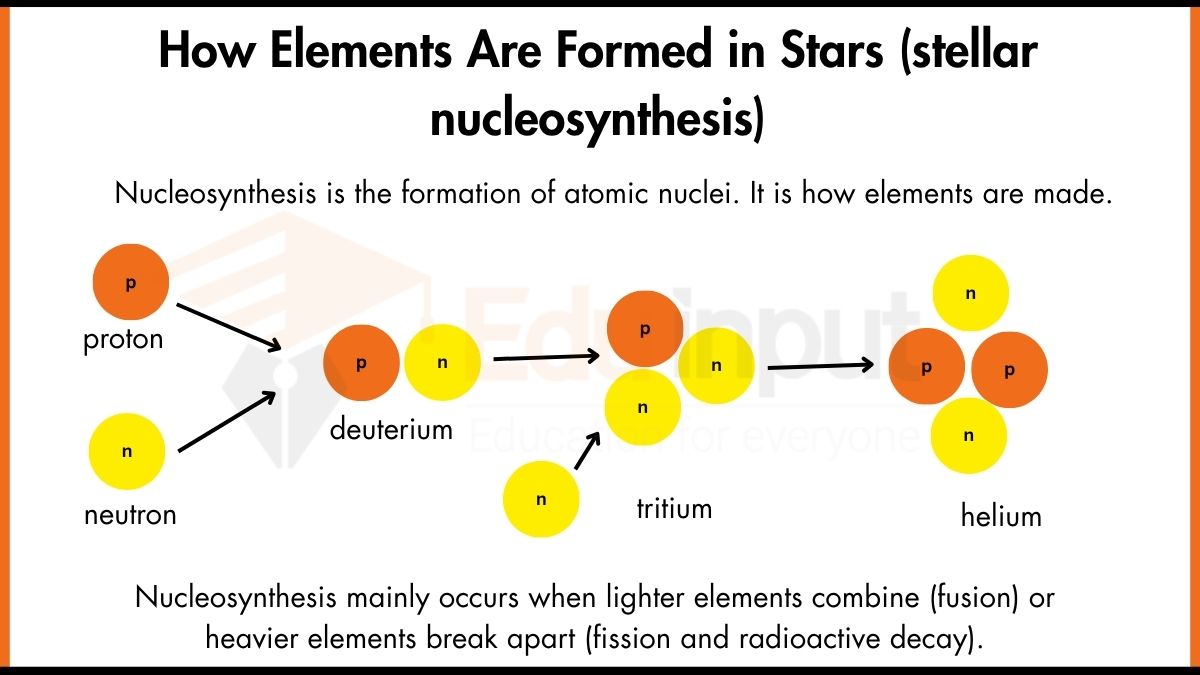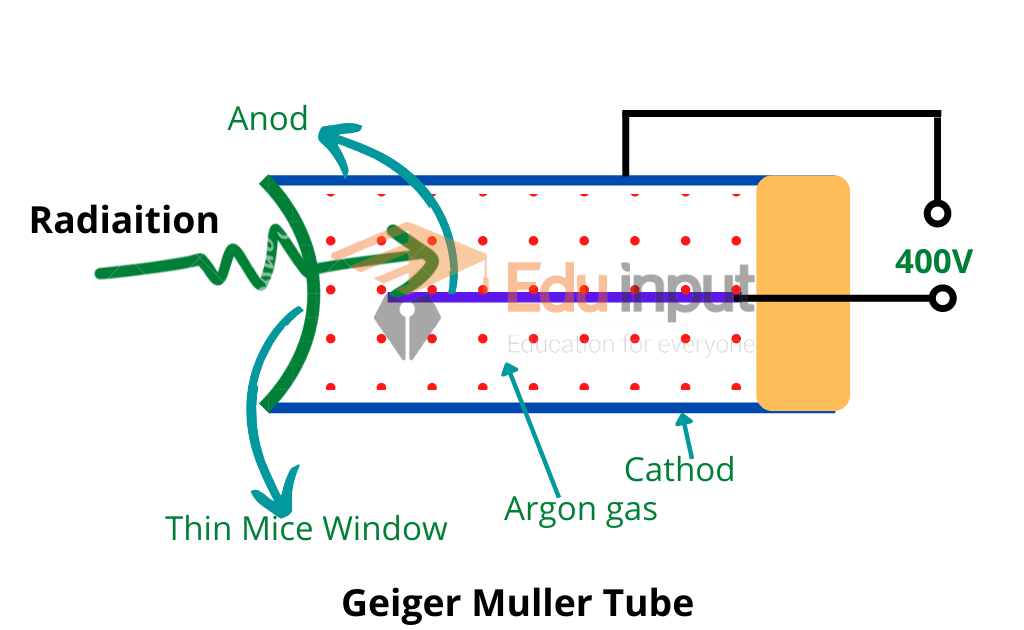Radiation Exposure- Definition, Types, and Examples
Radiations are produced during the process of radioactivity. In this article, we will learn about radiation exposure.
Radiation exposure definition
Radiation exposure is defined as a measure of the ionization of air due to ionizing radiation.
Types of radiation exposure
There are two types of radiation exposure
- Non-ionizing radiation.
- Ionizing radiation.
Radiation Exposure unit
The SI unit of radiation exposure is Gray. The conventional unit is rem or sievert(Sv).
Background radiation
When a Geiger Muller Counter is used in any experiment, it records radiation even when a radioactive source is nowhere near it.
This is caused by radiation called background radiation.
It is partly due to cosmic radiation which comes to us from outer space and partly from naturally occurring radioactive substances in the Earth’s crust.
Radiation Exposure Example
Cosmic radiation consists of high-energy charged particles and electromagnetic radiation. The atmosphere acts as a shield to absorb some of these radiations as well as ultraviolet rays.
In the recent past, the depletion of the ozone layer in the upper atmosphere has been detected which particularly filters ultraviolet rays reaching us.
This may result in increased eye and skin diseases. The depletion of the ozone layer is suspected to be caused due to excessive release of some chemicals in the atmosphere such as chlorofluorocarbons (CFC) used in refrigeration, aerosol spray, and the plastic foam industry.
Its use is now being replaced by environmentally friendly chemicals. Many building materials contain small amounts of radioactive isotopes. Radioactive radon gas enters buildings from the ground. It gets trapped inside the building which makes radiation levels much higher from radon inside than outside.
Good ventilation can reduce the radon levels inside the building.
All types of food also contain a little radioactive substance. The most common are potassium-40 and carbon-14 isotopes. Some radiation in the environment is added by human activities. Medical practices, mostly diagnostic X-rays probably contribute the major portion to it.
It is an unfortunate fact that many X-ray exposures such as routine chest X-rays and dental X-rays are made for no strong reason and may do more harm than good.
Every X-rays exposure should have a definite justification that outweighs the risk. The other sources include
- radioactive waste from nuclear facilities
- Hospitals
- research and industrial establishments
- colors television
- luminous watches
- tobacco leaves
A smoker not only inhales toxic smoke but also hazardous radiation. Low-level background radiation from natural sources is normally considered to be harmless.
However, higher levels of exposure are certainly damaging. We cannot avoid exposure to radiation. However, the best advice is to avoid unnecessary exposure to any kind of ionizing radiation.







Leave a Reply